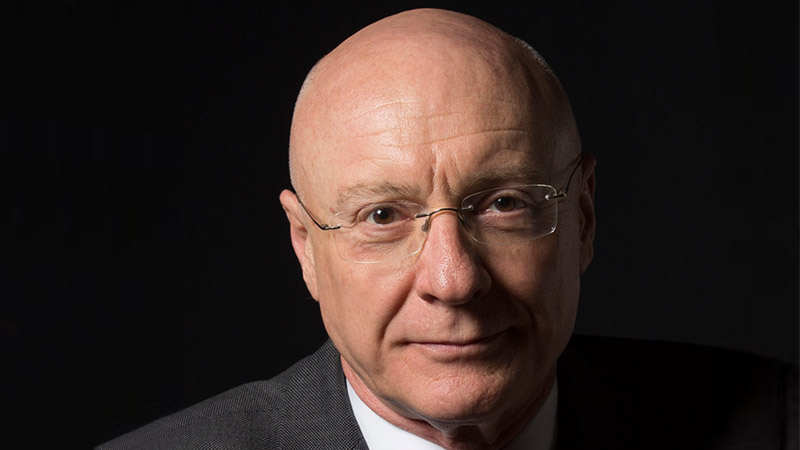SMSFs reminded over need to establish clear wealth structures to avoid difficult funds tracking process

Trustees need to be vigilant of their duties when it comes to mixing assets and establish clear wealth structures to guard against a difficult process when tracking back lost money for a beneficiary.
SMSFs can find themselves in situations when a trustee places the beneficiary’s money into their own account. While trustees are under a multitude of responsibilities when it comes to managing the trust, one particularly important responsibility is the trustee’s duty to keep the trust assets separate from their own assets.
Townsend Business and Corporate Lawyers principal Peter Townsend said that this duty has been described as “a hallmark duty of a trustee”, and the global financial crisis of 2007–2009 exposed numerous cases where investors’ money was not segregated according to the trust deed, relevant legislation or principles of equity.
“When this duty is breached, the court will be asked to either follow or trace the money. Once the money has been followed or traced to its present position, the court can then determine whether any remedies can be awarded,” Mr Townsend said.
“Following is as simple as the name would suggest. It merely allows the court to track where the money has gone, sometimes through numerous sets of hands, and where it currently resides. It is appropriate when the money itself has not changed character in any meaningful way.”
Tracing, on the other hand, allows for money to be tracked when it has been transformed, for example when it has been used to purchase property, according to Mr Townsend.
This means it allows the court to identify the equivalent value of the money that the beneficiary has had taken from them.
“Tracing is not always a simple process: for example, a trustee may mix money from multiple beneficiaries, and then spend most of that money, and then personally go bankrupt,” he said.
“With no personal recourse against an insolvent trustee, it becomes greatly important how the remaining money is apportioned between the beneficiaries.
“The preferred method of apportionment has undergone change recently: the old ‘first-in, first-out’ rule has been replaced with ‘rateable distribution’, where each beneficiary receives a part of the funds that is proportionate to their investment.”
Mr Townsend noted the classic case demonstrating the distinction between following and tracing is the English case of Foskett v McKeown.
In this case, the trustee spent over £20,000 of beneficiary money on his own life insurance premiums; when the trustee committed suicide, his children received the £1,000,000 payout from the life insurance claim.
“The beneficiaries claimed that they were entitled to a proportionate share of the payout, but the Court of Appeal held that they were only entitled to their £20,000. This was because the funds could be followed from beneficiary to trust to trustee to insurer, and the funds had not transformed in character,” he said.
“For the beneficiaries to have successfully claimed a share of the life insurance payout, they would have needed to convince the court to trace the funds, rather than follow them.
“The beneficiaries did not put forward an argument that their money had, in fact, been transformed. The ‘property’ that the money had transformed into would have been the policy itself; the policy only had monetary value on the trustee’s death.”
Tracing would therefore have been more appropriate than following, Mr Townsend noted, which would have allowed for the beneficiaries to claim a rateable distribution of the insurance payout.
“We suspect that this argument would have succeeded, but because the issue was not considered (and has not been considered in sufficiently similar circumstances since), we can’t say for certain which approach the court would have preferred,” he said.
“Trustees must be vigilant to all of their duties, and particularly the duty to not mix assets. It can be surprisingly easy for trustees to accidentally place trust funds into their own account, especially when corporate trustees serve multiple purposes.
“The best way for a trustee to meet this responsibility is to establish clear wealth management structures and strategies from the beginning, and to understand the obligations that attach to the various offices included in those structures.”

Tony Zhang
Tony Zhang is a journalist at Accountants Daily, which is the leading source of news, strategy and educational content for professionals working in the accounting sector.
Since joining the Momentum Media team in 2020, Tony has written for a range of its publications including Lawyers Weekly, Adviser Innovation, ifa and SMSF Adviser. He has been full-time on Accountants Daily since September 2021.






